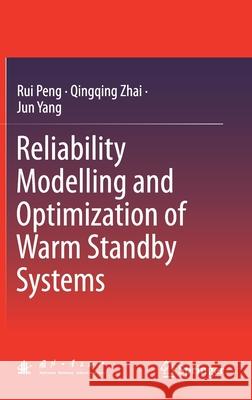Reliability Modelling and Optimization of Warm Standby Systems » książka
topmenu
Reliability Modelling and Optimization of Warm Standby Systems
ISBN-13: 9789811617911 / Angielski / Twarda / 2021 / 166 str.
Reliability Modelling and Optimization of Warm Standby Systems
ISBN-13: 9789811617911 / Angielski / Twarda / 2021 / 166 str.
cena 403,47
(netto: 384,26 VAT: 5%)
Najniższa cena z 30 dni: 385,52
(netto: 384,26 VAT: 5%)
Najniższa cena z 30 dni: 385,52
Termin realizacji zamówienia:
ok. 22 dni roboczych
Dostawa w 2026 r.
ok. 22 dni roboczych
Dostawa w 2026 r.
Darmowa dostawa!
Kategorie:
Kategorie BISAC:
Wydawca:
Springer
Język:
Angielski
ISBN-13:
9789811617911
Rok wydania:
2021
Wydanie:
2021
Ilość stron:
166
Waga:
0.43 kg
Wymiary:
23.39 x 15.6 x 1.12
Oprawa:
Twarda
Wolumenów:
01
Dodatkowe informacje:
Wydanie ilustrowane











